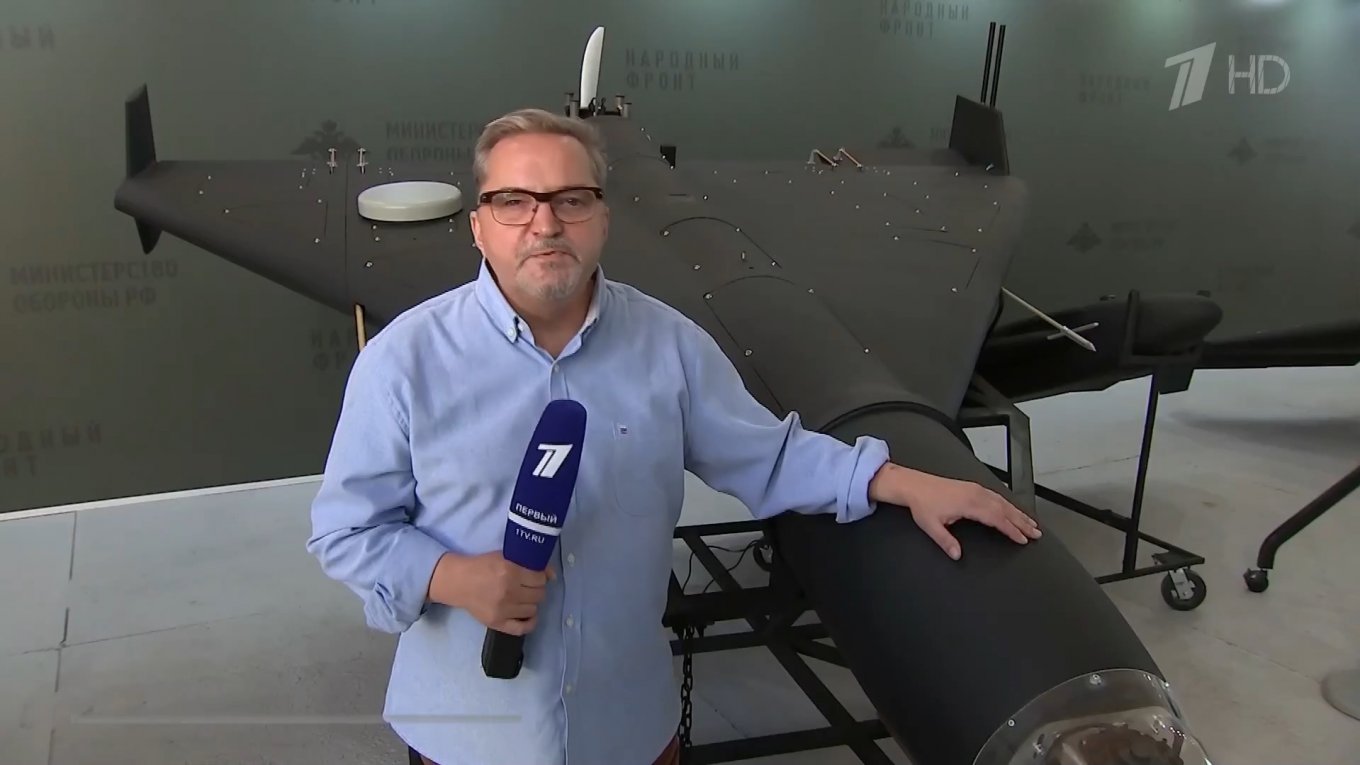There is information indicating that for the strike on Kyiv on January 1, 2025, the Russians employed Shahed-136 kamikaze drones of series Ы, which were equipped with a new configuration CRPA (controlled reception pattern antenna) featuring eight antennas, instead of the typical Iranian-made CRPA or the Russian "Kometa-M" module. These antennas were marked as "agricultural parts."
This was reported by, among others, Serhiy "Flash" Beskrestnov and the resource "Colonel GSh."
It is important to note the assumptions described above regarding why the Russians opted for such a CRPA configuration for their "Shaheds":
- the enemy is seeking ways to reduce the production costs of "Shaheds" by altering the electronic components;
- this decision was likely made due to issues with producing CRPA at Iranian facilities and "Kometa-M" at Russian defense industry capacities;
- additionally, the Russians wanted to test how such a guidance system would perform in real combat conditions.
Moreover, this CRPA configuration (i.e., the circular arrangement of eight antennas) provides the Shahed-136 guidance system with greater resistance to interference that our electronic warfare systems might generate.
From Defense Express, we would like to initially draw attention to a detail that may seem insignificant, namely that the antennas on this CRPA were labeled as "agricultural parts." On one hand, this labeling could have been merely a way to disguise the origin of these antennas to circumvent sanctions mechanisms.

On the other hand, these could indeed be antennas specifically designed for agricultural technology, but in this instance, the designation "agricultural" is unlikely to imply "simplified" or "cheap."
The fact is that in recent years, there has been a global trend towards so-called "precision agriculture," which includes the active use of GPS and other navigation systems. The ideology behind this literally requires that plowing occurs with an accuracy of up to 1 meter.
It may seem paradoxical that a furrow in a field must be laid by a plow with such minimal tolerances for error, but this is indeed the case. Therefore, in this context, the term "agricultural" may be synonymous with "dual-use technology" as a well-developed and fairly costly solution.
Additionally, the question remains of where exactly the Russians might have "borrowed" the idea for the CRPA with the circular antenna arrangement. For instance, an article titled "Optimum Array Configuration to Improve Null Steering Time for Mobile CRPA Systems," published in 2016 in the South Korean scientific journal Journal of Electromagnetic Engineering and Science, is publicly accessible (the full text of this publication is provided in PDF format above).
In other words, we are suggesting that the aforementioned innovation for the guidance system of their "Shaheds" could have been "invented" by the Russians through monitoring relevant scientific works available in the public domain.